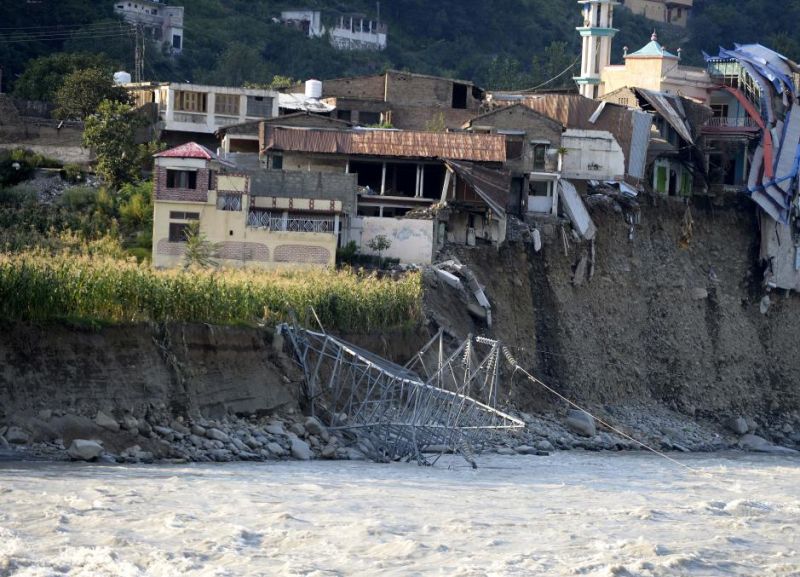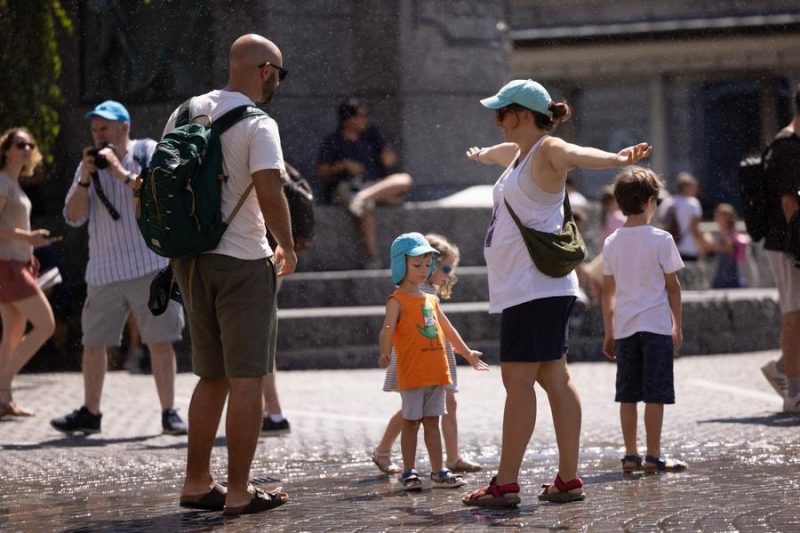Despite the conservation efforts being made by the forest authorities who take care of eggs and leave the hatchlings into the sea, they are unable to check deaths of turtles who come to lay eggs…reports Asian Lite News
Hundreds of Olive Ridley turtles have been found dead along the coast in Srikakulam district in north coastal region of Andhra Pradesh during the last few days.
The dead endangered Olive Ridleys were washed ashore along the coastal belt from Ratti to Baruva Kotturu village in Santabommali, Vajrapu Kothuru, and a few other mandals (blocks) in the district.
The carcasses of the dead turtles along the beach raised a stink in the coastal villages. According to fishermen, the dead turtles weighed up to 50 kg each. The length of the carapace is between 60 cm and 70 cm.

Every year, during this season, the turtles come to north coast Andhra and adjoining south coastal Odisha travelling thousands of kilometers from their home for mass nesting.
Despite the conservation efforts being made by the forest authorities who take care of eggs and leave the hatchlings into the sea, they are unable to check deaths of turtles who come to lay eggs.
Forest officials say the reasons for the deaths of these creatures are beyond their control. Majority of the turtles are killed after getting trapped in the plastic nets or after being hit by heavy mechanised boats, and authorities’ efforts to create awareness against the use of plastic nets have not yielded desired results.
According to local fishermen, if turtles are trapped in the traditional nets, they are released immediately into the sea, but turtles get injured while trying to come out the nets. However, fishermen of the mechanised boats use heavy nets made of plastic. They collect the fish and throw the trapped turtles into the sea, but most of the turtles succumb to the injuries and their bodies wash ashore.
Every year, lakhs of Olive Ridley sea turtles come to India’s east coast for nesting, travelling thousands of kilometers during breeding season from countries like Japan, Australia, and New Zealand. According to wildlife experts, the turtles move to east coast to hatch eggs as rising temperatures are favourable for reproduction.
The turtles move towards Odisha, Andhra Pradesh and Tamil Nadu coasts from November to May to hatch eggs. However, the season peaks from December to March. A large number of them prefer certain coastal villages as their home along the 978-km-long coastline in Andhra Pradesh from Srikakulam to Nellore district.
As these turtles are considered essential for preserving biodiversity, experts have called for coordinated efforts by various departments to save these turtles from mechanised boat nets which are proving death traps.
Vajrapu Kotturu, Palasa, Baruva in Srikakulam district and RK Beach, Bheemili and Sagarnagar in Visakhapatnam district are among the nesting spots of Olive Ridleys in north coastal Andhra. During the breeding season, about 1,000 nesting spots are found in this area.
However, while heading to the coast for nesting, many meet tragic end after getting trapped in the mechanised boats.
Officials say mechanised boats equipped with speed engines beyond the permissible capacity are proving to be death traps for Olive Ridley turtles on Andhra coast in recent years.
They feel that a complete ban on fishing or use of mechanised boats in the potential area could save the Olive Ridley turtles.
The drop in the number of arrivals of Olive Ridleys during the breeding season has alarmed the wildlife experts. The Godavari estuary, with a 30-km long coastline, was once known as a safe nesting ground but in recent years, witnessed a sharp fall in the arrival of turtles.
The estuary had seen 1,061 arrivals in 2018-19 season, but this came down to 640 in 2019-20 and dropped further to 471 in 2020-21.
Despite the challenges, the Forest Department is taking steps for conservation of Olive Ridleys. For last few years, it set up rookeries under in situ conservation method – collection of eggs and release of the hatchlings – while taking steps to protect the eggs from stray dogs, pigs and wolves, who move along the coast in search of food.
In Srikakulam district, the sanctuaries have been established at Srikakulam, Kalingapatnam, Vajrapu Kotturu, and other areas.
Each turtle lays around 100-150 eggs. The incubation period is for 45 days. The people involved in conservation efforts trace the eggs by following the footprint of the turtles.

Meanwhile, people in Visakhapatnam are saying goodbye to Olive Ridley turtle hatchlings. Every Sunday, the state’s Forest Department releases hatchlings into the sea. It released about 1,000 hatchlings into the sea near Joduglapalam beach under turtle protection and conservation programme on March 27.
The Forest Department set up five base camps at RK Beach, Jodugullapalem, Chepala Uppada, Pedanyagayyapalen and Muthyalamma Palem for conserving the eggs of Olive Ridleys. Five farmers guard each camp and keep a watch on the eggs laid by the turtles.
According to Visakhapatnam district forest officer Anant Shankar, the department has so far got 50,000 eggs.
These creatures are known to have emotional bonding to the place where they are born. After taking birth there, the little ones head back home. After coming of age, they go back to the same location to lay the eggs.
ALSO READ-Iran, China and Russia hold joint naval drill in Indian Ocean








